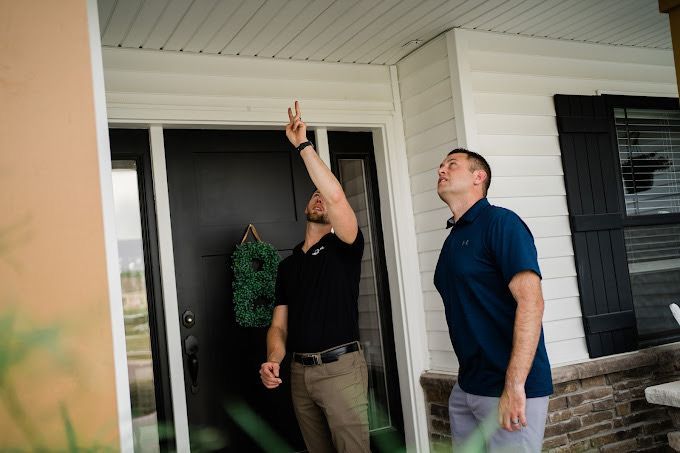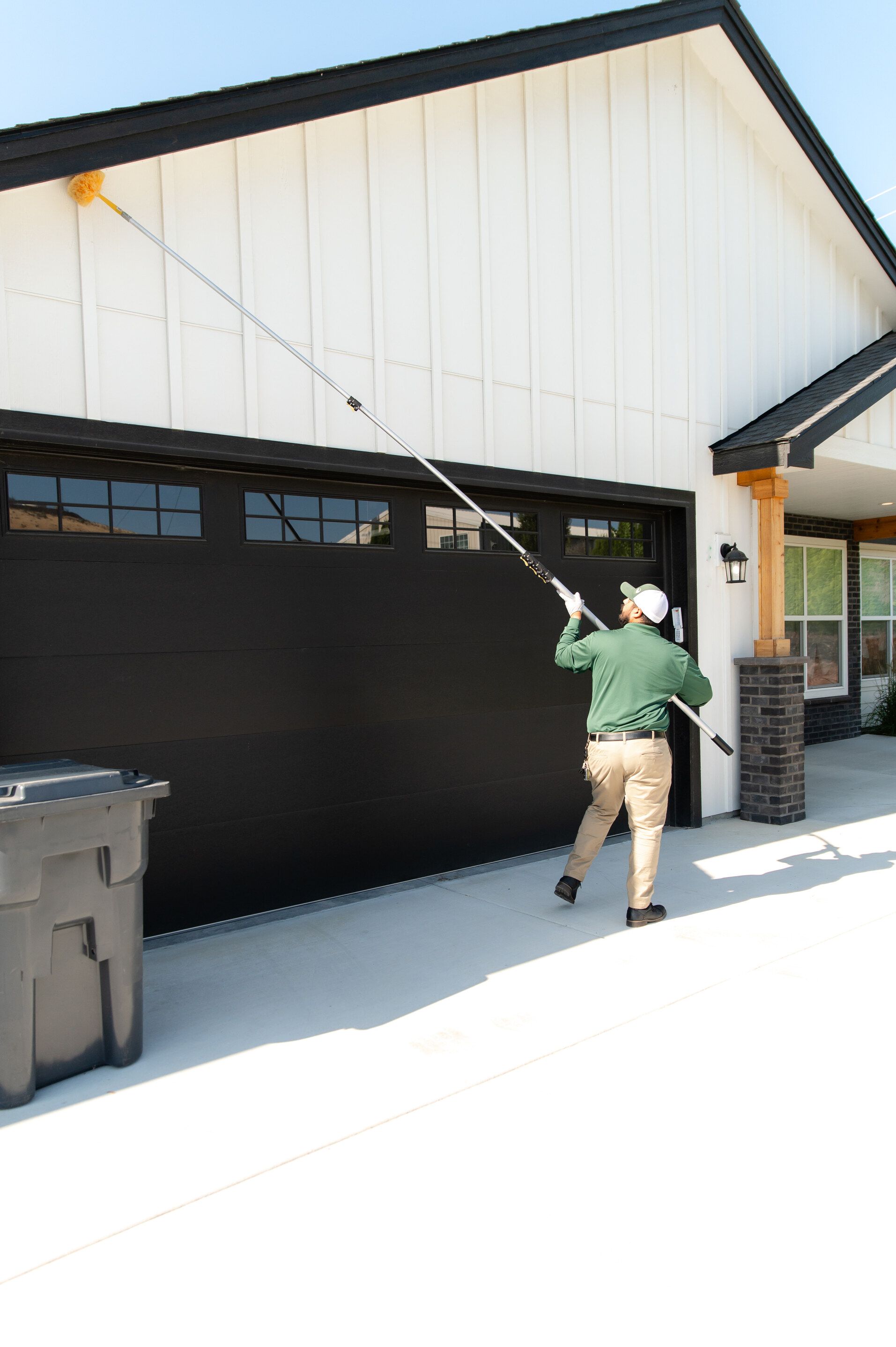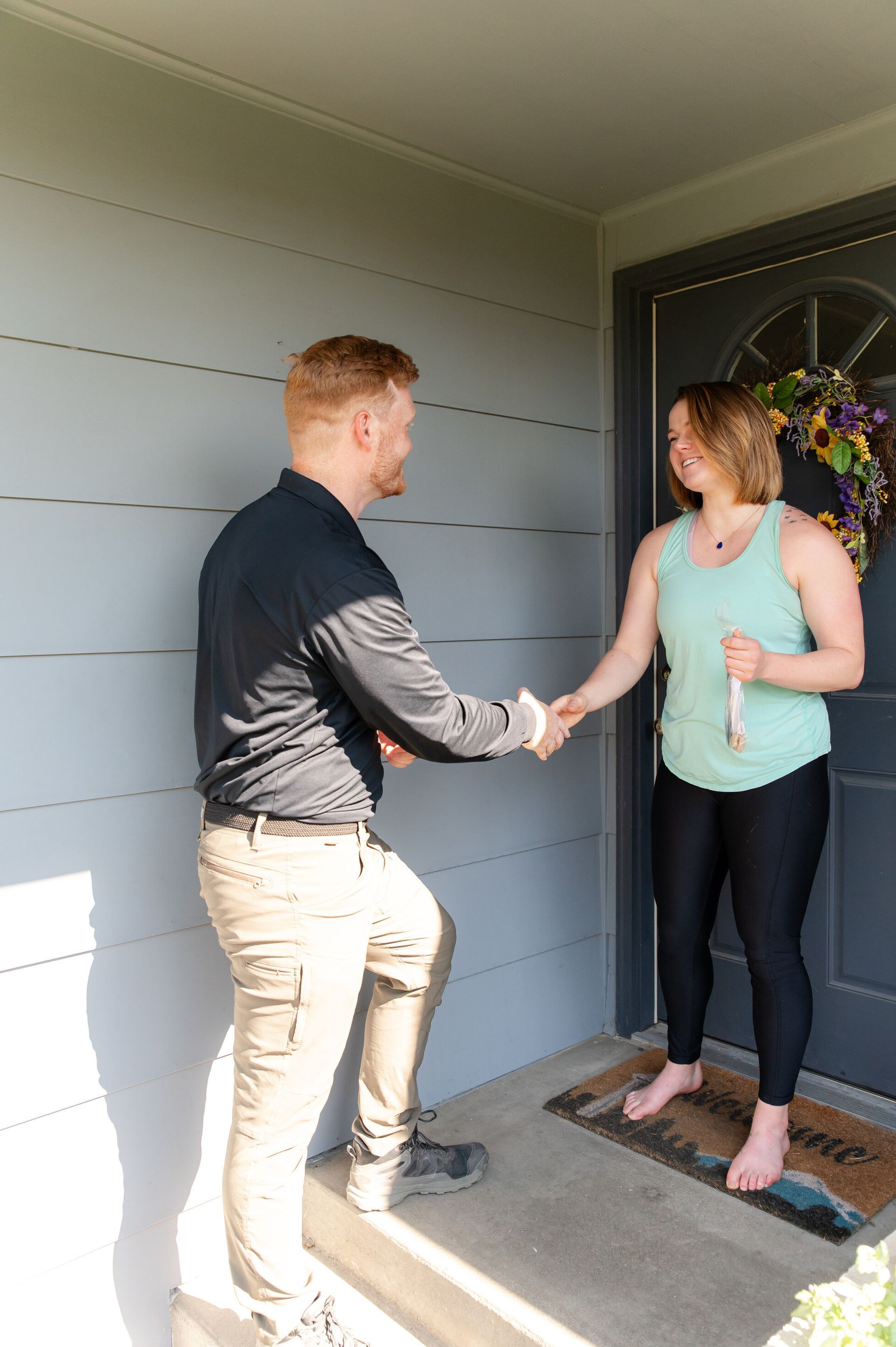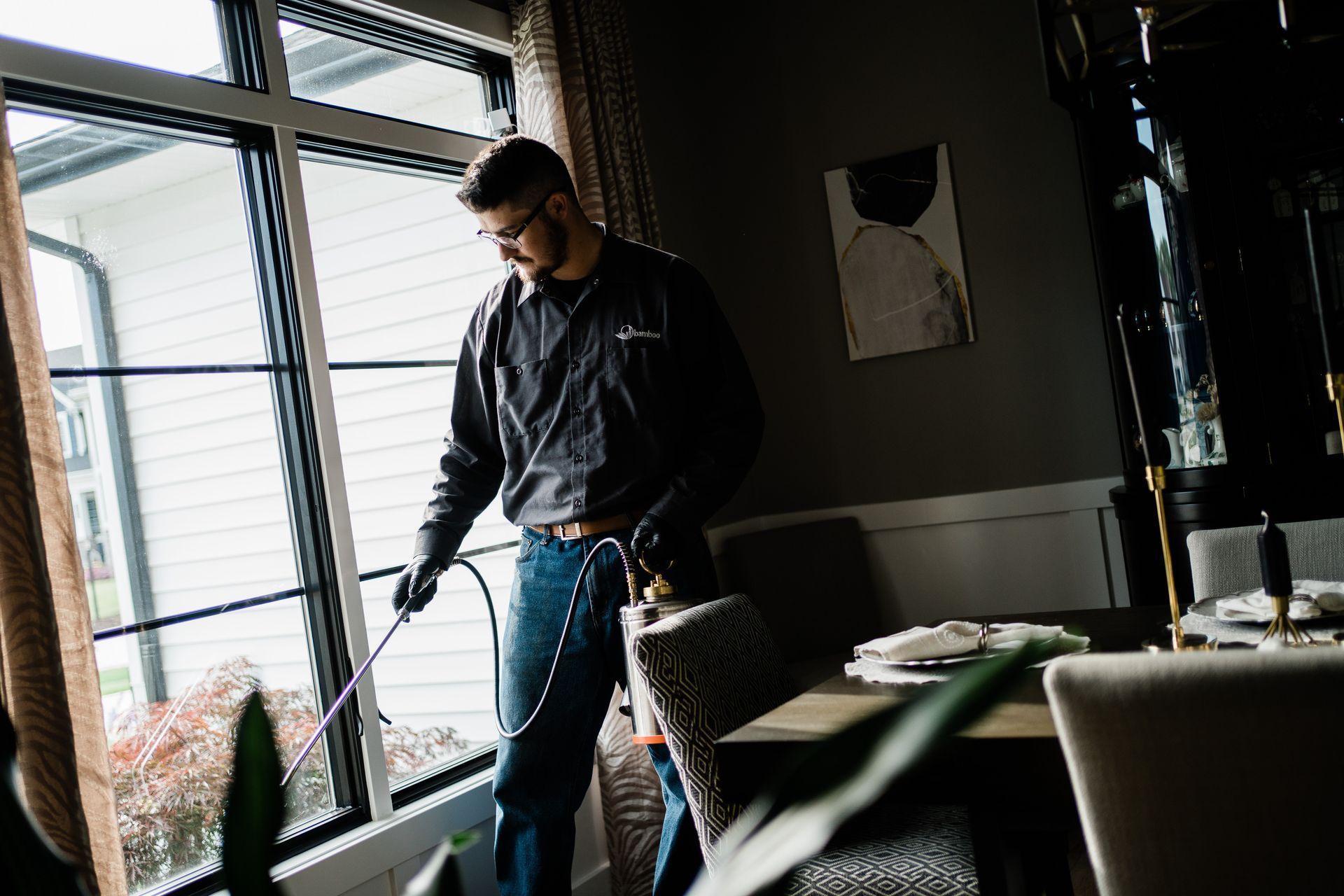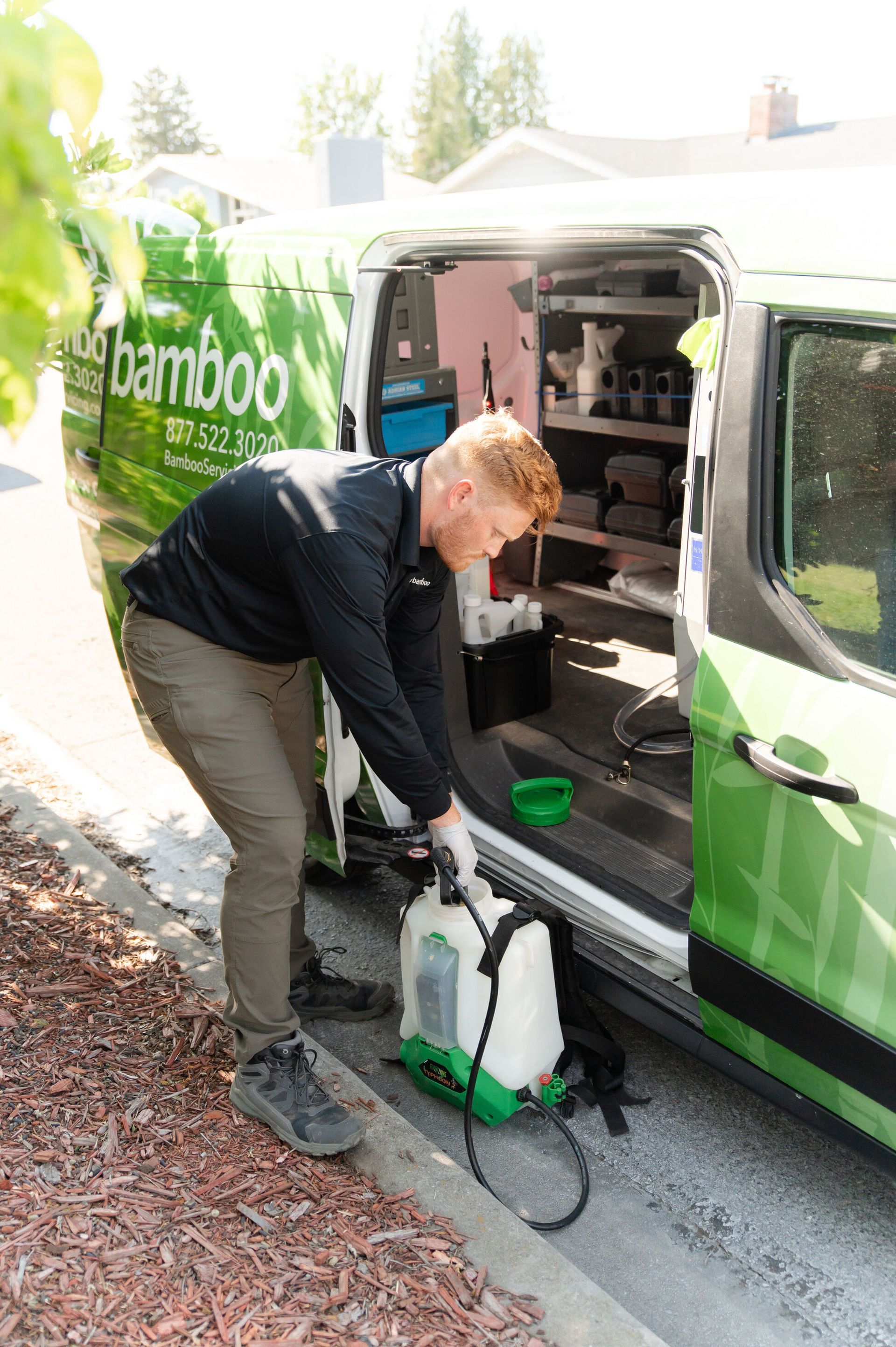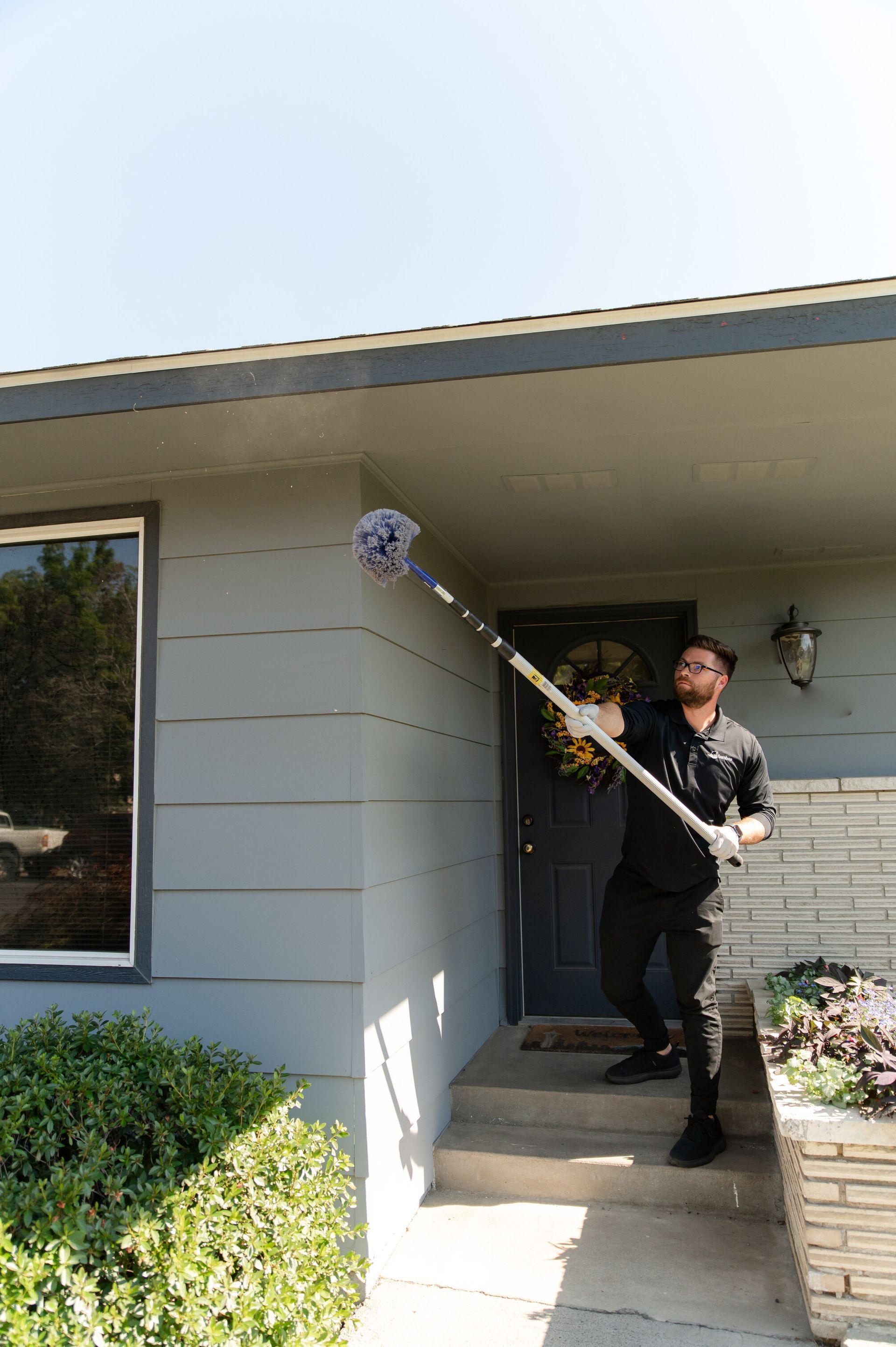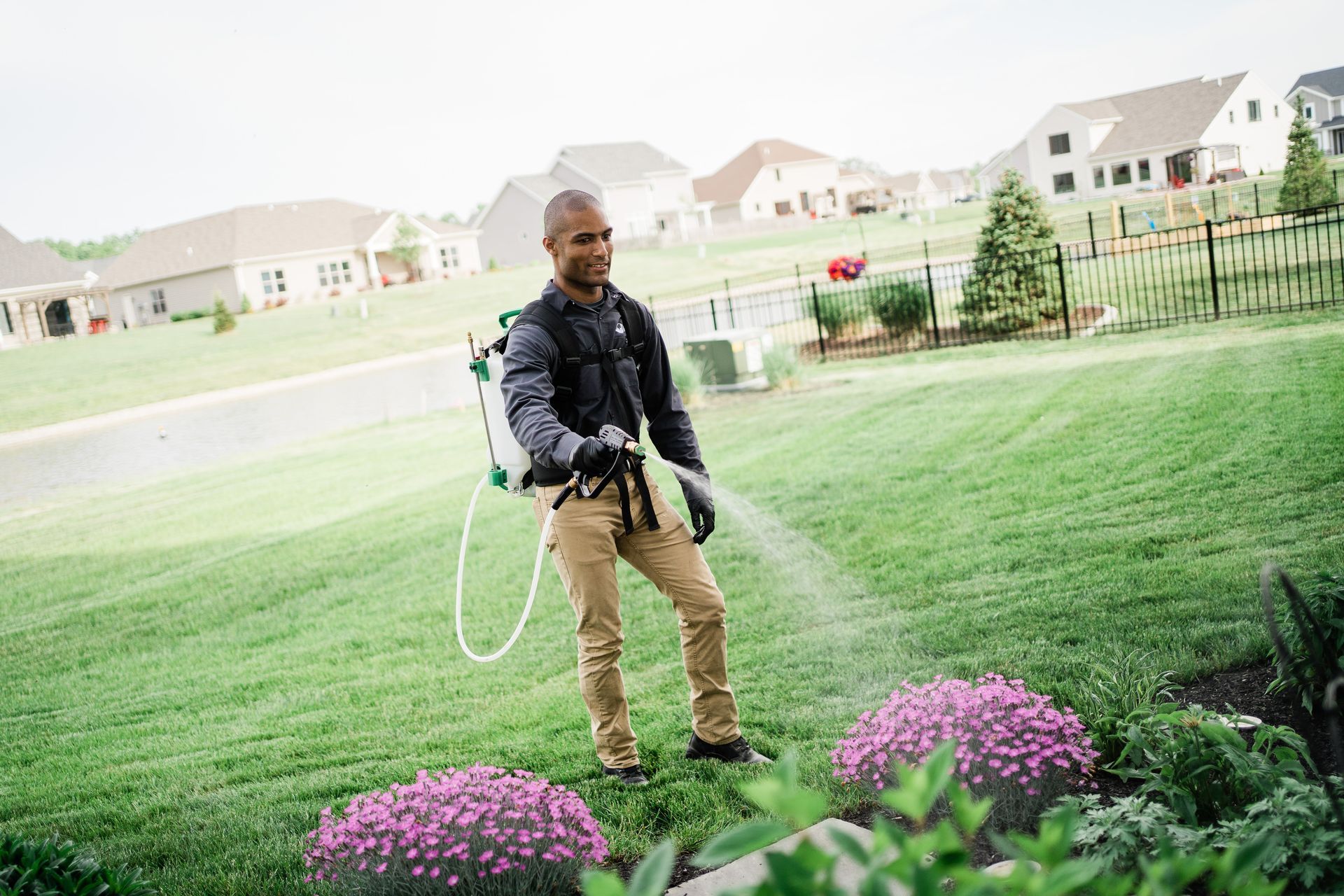What Not to Do After Pest Control Sprays?
Things you should avoid doing after a pest control sprays
After a pest control spray, it’s tempting to jump back into your regular cleaning routine or immediately inspect every corner of your home. However, rushing to clean certain areas or taking action too soon can reduce the effectiveness of the treatment.
Pest control sprays are designed to create a protective barrier against pests, and by making a few simple adjustments to your post-treatment habits, you can ensure that the barrier remains strong. Below are some important things you should avoid doing after a pest control spray to keep your home pest-free for as long as possible.
1. Don’t Clean Your Windows or Walls Right Away
One of the most common mistakes people make after a pest control treatment is cleaning too soon. While it’s understandable to want your home to be spotless, wiping down windows and walls immediately can wash away the protective spray that the pest control service applied. Many pests, like spiders and ants, hide in cracks, crevices, and along the edges of windows. Spraying these areas is essential for the treatment’s effectiveness.
To avoid undoing all the good work, hold off on cleaning your windows or walls for at least three weeks after the spray. This gives the pest control product enough time to settle and work. When you do clean, avoid using hoses or pressure washers, as the strong water flow can degrade the product. Instead, opt for a gentle spray and wipe method, which will clean your windows without affecting the treatment. It’s important to note that washing your windows too early can reduce the power of the spray, potentially allowing pests like spiders to return sooner than expected.
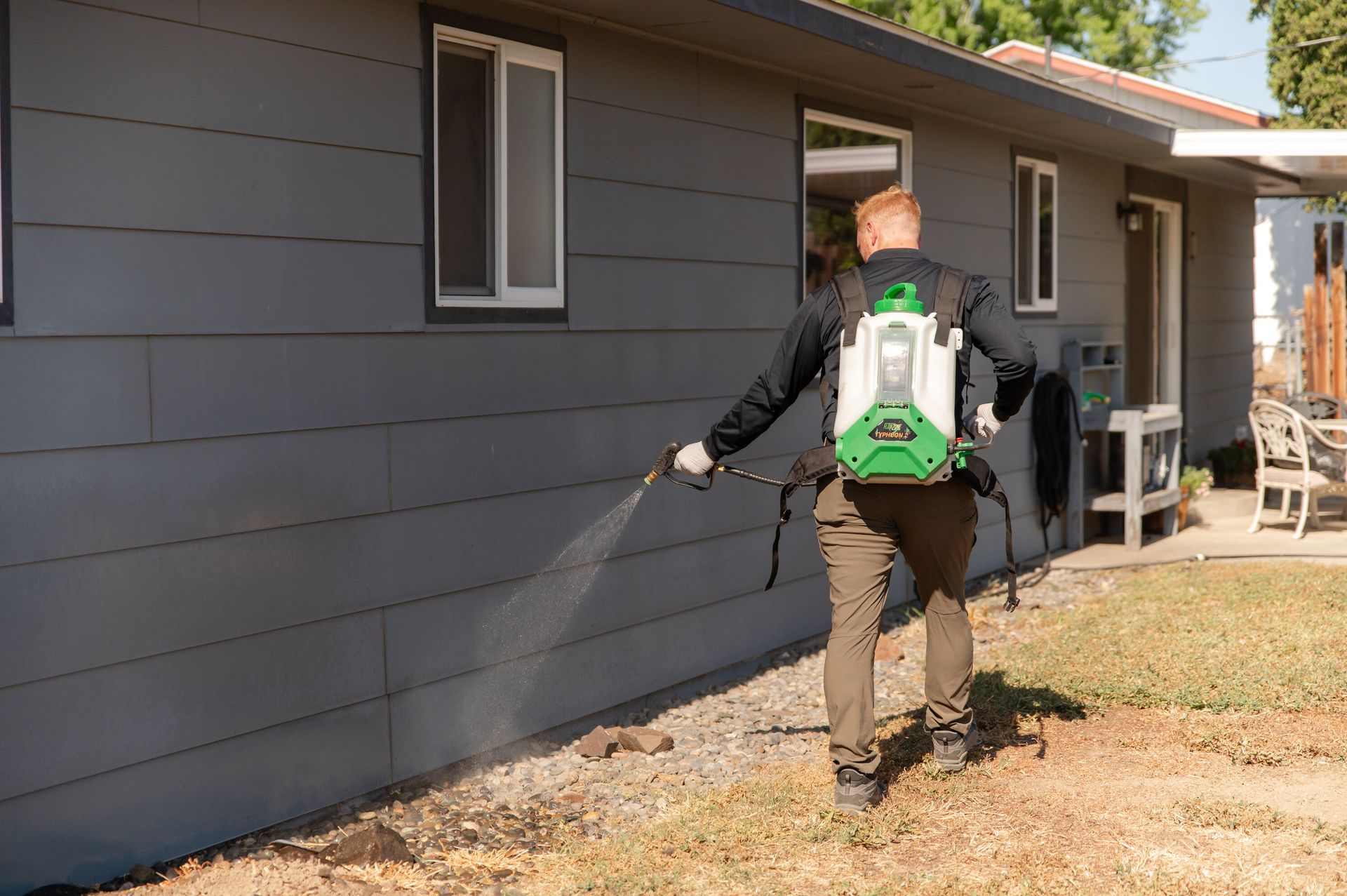
2. Don’t Pressure Wash Your Paths or Exterior Walls
Much like cleaning your windows, pressure washing your outdoor surfaces, such as patios, pathways, or exterior walls, can wash away the protective barrier that the pest control spray creates. This is especially crucial if the pest control service treated outdoor areas where pests like spiders, ants, and other ground-dwelling insects might enter your home. These pests often crawl along your home’s foundation and walls, so the spray applied to these areas acts as a line of defense.
If you must pressure wash your home’s exterior or your pathways, it’s best to do so before the pest control service arrives. After the spray, try to hold off for as long as possible. The longer the treatment remains undisturbed, the more effective it will be in keeping pests out. If you have an annual cleaning routine for your outdoor surfaces, consider scheduling it before your yearly pest control service.
3. Don’t Remove Spider Webs Immediately
Spider webs may not be pleasant to look at, but removing them right after a pest control treatment can cause a small gap in the protective barrier. Webs that were left intact during the pest control spray now contain the residue of the treatment, making them part of the defense system. Removing them too soon could make the area vulnerable to pests again.
It’s a good idea to clear away excess spider webs before the pest control service arrives, but if webs are left behind after the treatment, let them stay for a while. Eventually, they will break down on their own, and the spray will have done its job by then. This ensures that your home remains protected from returning spiders for as long as possible.
4. Don’t Handle Contaminated Food or Paper Products
Even though modern pest control sprays are designed to be safe for humans and pets, it’s wise to be cautious with food that may have been exposed during the treatment. If you accidentally left any food out while the pest control service was taking place, it’s best to discard it rather than risk contamination. Similarly, damp paper products like newspapers or cardboard can attract pests, particularly insects like cockroaches that thrive in moist environments.
After the treatment, inspect your home for any paper products that may have gotten wet and dispose of them. Keeping your home dry and free of debris is an essential part of maintaining the effectiveness of the pest control spray. This will reduce the chance of pests finding a suitable environment to breed or nest.
5. Don’t Ignore Potential Entry Points
The pest control spray creates a barrier to keep pests out, but you can further protect your home by sealing any entry points that pests might use to get inside. Common entry points include cracks in the foundation, gaps around windows or doors, and holes around pipes. These small openings are easy for insects and rodents to squeeze through, so sealing them off is key to preventing future infestations.
Use caulk, weatherstripping, or foam sealant to close these gaps. Pay special attention to areas like garages, basements, and attics, where pests are more likely to find their way in. By addressing these vulnerabilities, you can minimize the need for repeated pest control treatments.
6. Don’t Forget to Monitor the Situation
While the pest control spray will reduce pest activity, you may still notice occasional pests after the treatment. This is normal, as some pests may take time to die or may be trying to escape the treated area. Keep an eye on the situation, and if the problem persists, contact your pest control provider for a follow-up. They may need to reapply the treatment in specific areas or offer additional advice on preventing pests from returning.
Want To Learn More? Contact Us
By following these simple guidelines, you can make sure your pest control spray works effectively and keeps pests at bay. Remember, the goal is to maintain the treatment’s strength for as long as possible, so avoid these common post-treatment mistakes and enjoy a pest-free home!
Feel free to contact our team to discover more about our safe and environmentally friendly pest control services.
Our Additional Posts On Pest Control
For service call: 509-269-2372
Copyright © 2024 - Richland Pest Control via Bamboo All Rights Reserved

